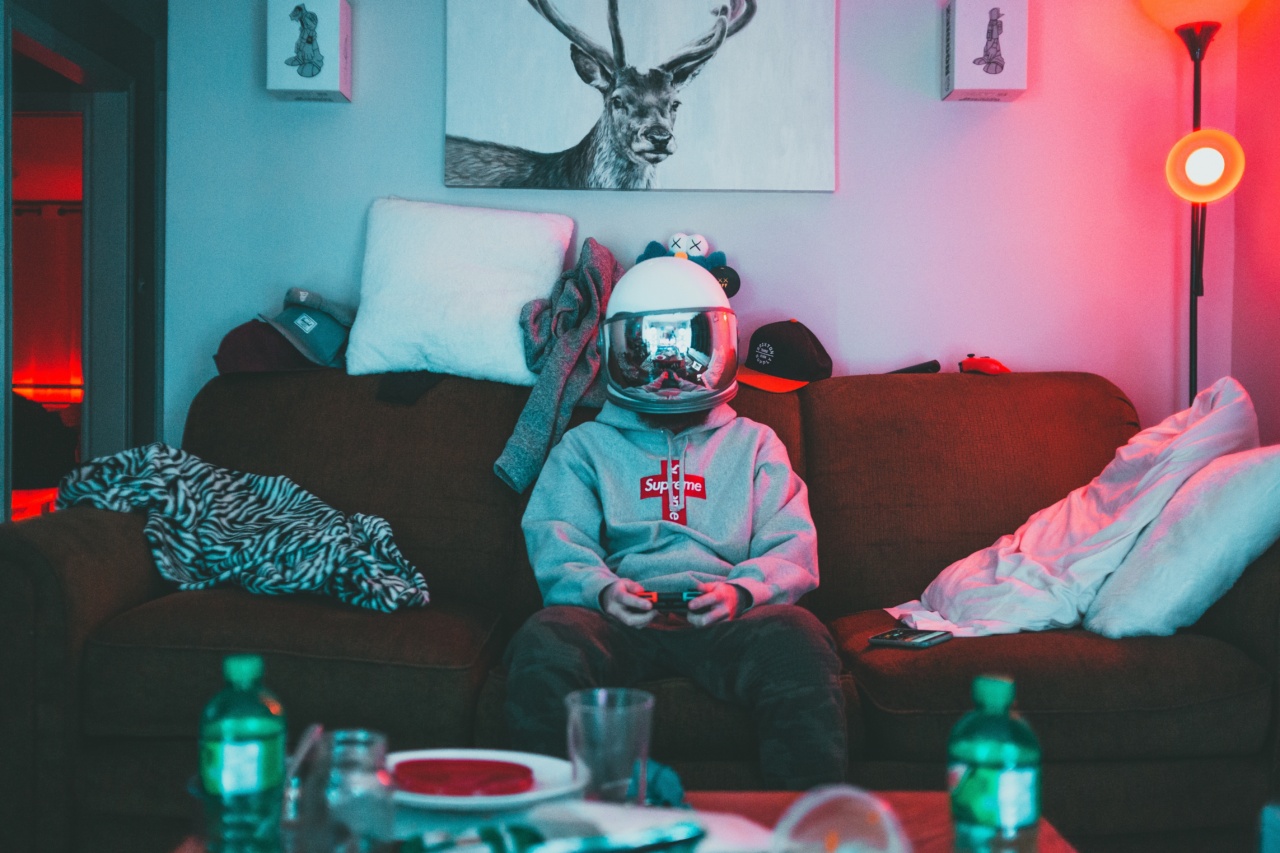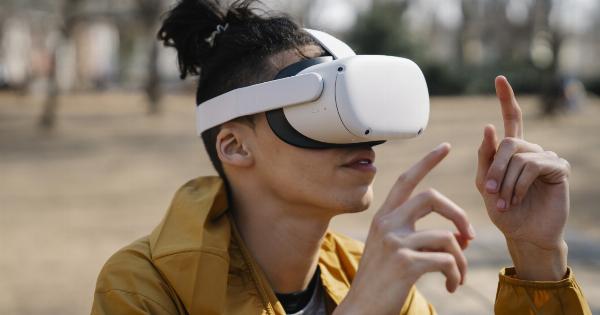Anxiety disorder is among the most common mental health conditions affecting millions of people worldwide.
Anxiety is a natural response to stress, but when this feeling becomes chronic, it can develop into anxiety disorder, which can significantly affect an individual’s quality of life. Although medication and therapy have been the go-to treatments for anxiety for decades, recent advances in technology have given rise to new avenues of treatments, including virtual reality.
Virtual reality therapy (VR) is slowly becoming a promising solution to treating anxiety disorder, and in this article, we’ll examine the potential of virtual reality in treating anxiety disorder, its advantages and disadvantages, the VR applications currently in use, and the future of VR technology in treating anxiety disorder.
What is Virtual Reality Therapy?
Virtual reality therapy is a form of exposure therapy that uses technology to simulate real-life situations that trigger anxiety. During treatment, the individual is immersed in a virtual environment that mimics the real world but is still controlled.
The therapist can use the environment to expose them to triggering stimuli gradually. The exposure helps the individual learn to react differently to anxious situations, develop coping strategies, and learn relaxation techniques.
This technology has grown in popularity over the last few years due to its effectiveness in treating anxiety and other mental health conditions.
Advantages of Virtual Reality Therapy for Anxiety Disorder
Virtual reality therapy has several advantages that make it a promising treatment option for anxiety disorder.
Safe Environment
Patient safety is a crucial aspect of any treatment for anxiety disorder. VR therapy allows for exposure treatment in a safe and controlled environment.
Patients are not actually exposed to the real-world situations that trigger their anxiety, but instead, they interact with a VR environment that closely resembles it. With VR therapy, patients can take time to adjust to their triggers without experiencing the risks and dangers of the real-world environments.
Customizable
Virtual reality environments are customizable, allowing for a personalized treatment approach.
Therapists can tailor the environment to mimic the individual’s real-world, specific triggers, and provide exposure therapy that targets their unique needs. Customizable VR environments provide more realistic and targeted therapy that can help reduce response to anxiety-inducing situations.
Convenience
Vr therapy is very convenient for people with busy schedules. The program can be administered either in-office or remotely, and no special equipment is required; all that is needed is a VR headset and an internet enabled device.
This means that individuals can receive treatment in the comfort of their homes and still receive proper care while juggling their busy schedules.
Disadvantages of Virtual Reality Therapy for Anxiety Disorder
Although virtual reality therapy has numerous advantages, there are also a few disadvantages that must be considered.
Technology Limitations
Virtual reality technology is still quite new and is continually being improved. There are relatively few commercially available VR programs specifically designed for therapeutic use, and they can be expensive.
The development of VR environments and programs can be quite costly as well, which can be a limiting factor for some healthcare providers and individuals seeking treatment.
Limited Personal Contact
Human contact is a vital aspect of therapy, and virtual reality therapy can sometimes feel isolating or lack personal interaction.
Virtual reality procedures are typically carried out with clients working on their own in a virtual environment, perhaps with little or no real-life interaction. This lack of personal interaction can limit the effectiveness of the treatment in some cases.
Current Applications of VR Therapy for Anxiety Disorder Treatment
Virtual reality therapy seems to have a lot of potential for treating anxiety disorder, and several companies and organizations have already created applications for this purpose. Here are a few examples.
Limbix
Limbix is a virtual reality platform used for mental health treatment, including anxiety disorders.
The company’s software includes several VR experiences tailored to treat different anxiety disorders, including social anxiety, agoraphobia, and fear of spiders.
AppliedVR
AppliedVR is another player in the virtual reality mental health treatment space. The company focuses on creating immersive experiences to treat mental health conditions and chronic pain.
Their platform offers therapy for anxiety, fear of flying, and other disorders.
MindMaze
MindMaze is a Swiss company that develops VR therapy for several conditions, including anxiety disorders. The program uses VR to mimic real-world experiences to treat several anxiety types, such as fear of heights and social anxiety.
The Future of VR Therapy for Anxiety Disorder Treatment
Virtual reality therapy is still a new treatment approach, but there are indications that it could be big in the future for treating anxiety disorder.
With technological advancements and the creation of more cost-effective VR environments and devices, VR could soon be within reach for more people who need anxiety treatment. New virtual reality software that can diagnose and provide immersive treatment is being developed to help individuals at their convenience, further expanding the accessibility of this innovative treatment approach.
In Conclusion
Virtual reality therapy is a promising solution for treating anxiety disorders. Although it is still a relatively new method, the advantages, such as safety, convenience, and customization, make it a promising treatment option for anxiety.
VR therapy is not without its limitations, but these limitations can be overcome with technological advancements and lower costs. Virtual reality will significantly impact the future of mental health treatment, and VR therapy is most likely to play a significant role in treating anxiety disorders.

























